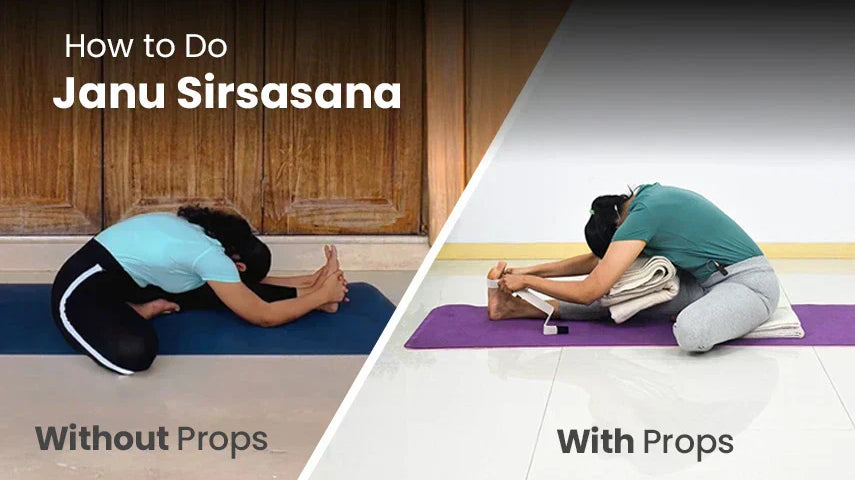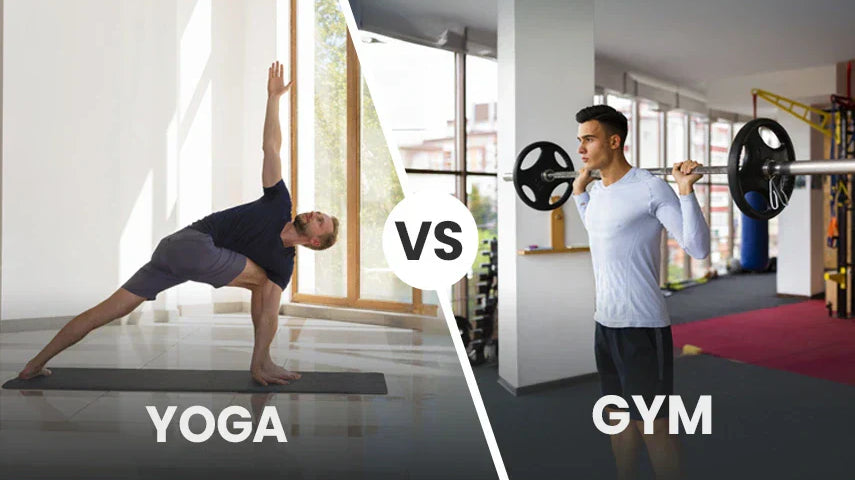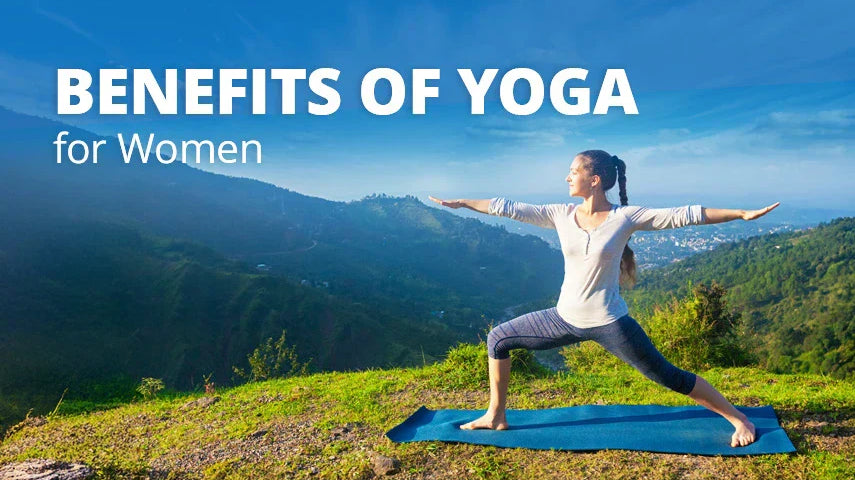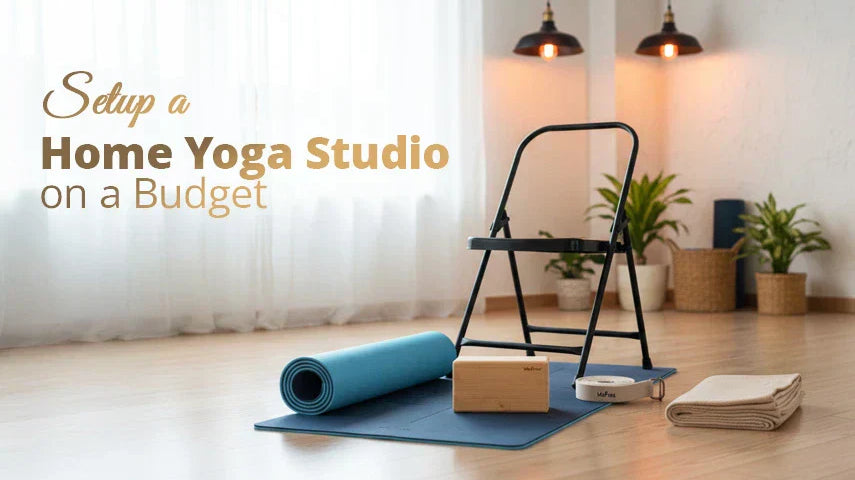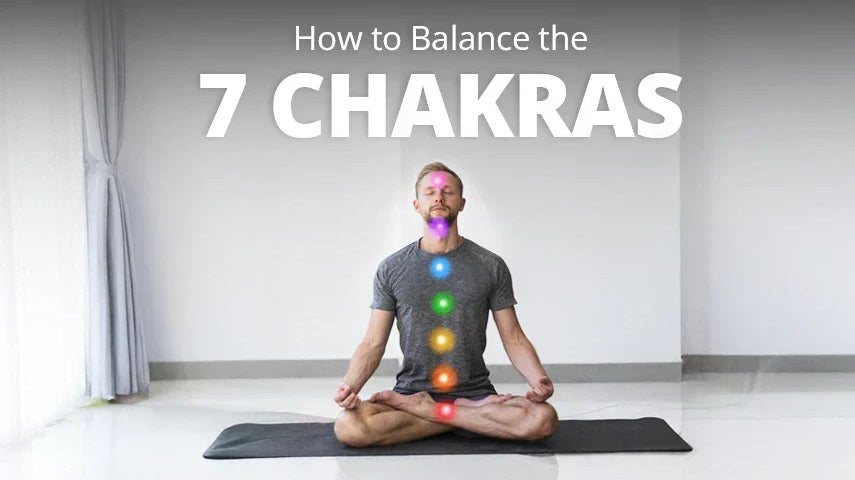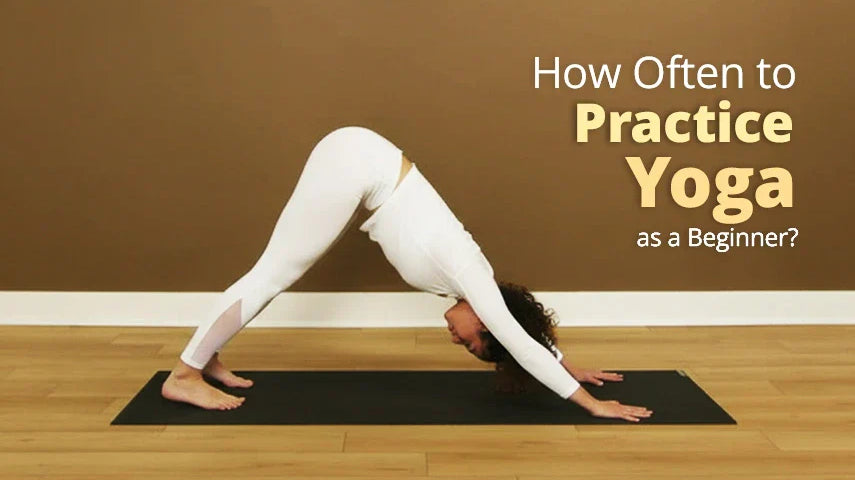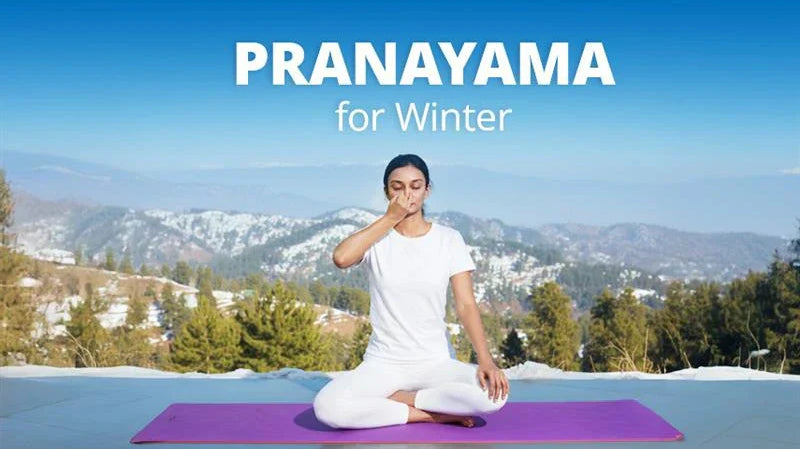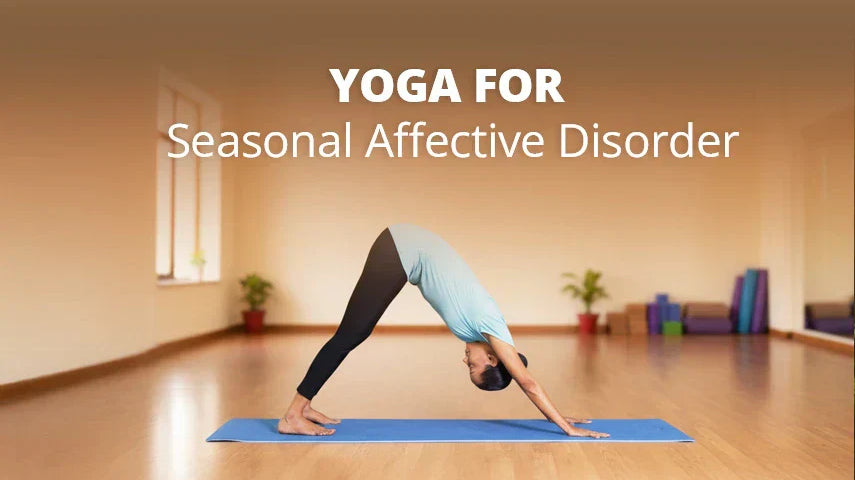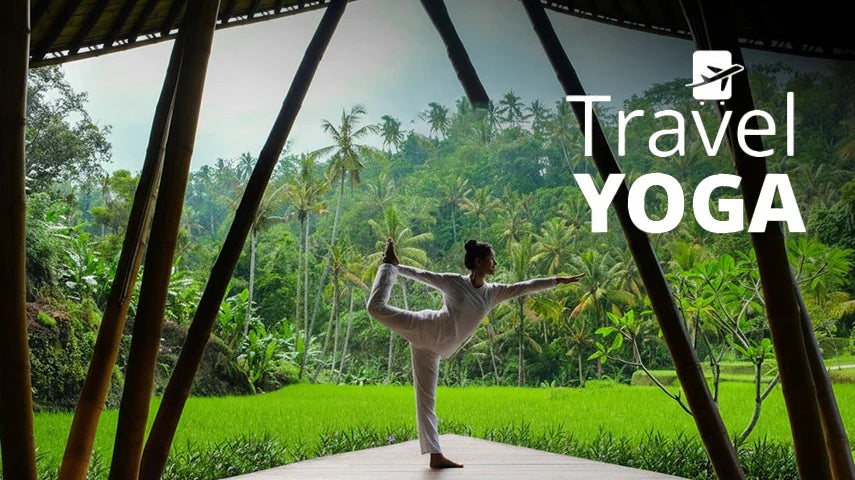
Table of Contents
- Introduction
- Importance of Props in Restorative Yoga
- Benefits of Using Props in Restorative Yoga
- How to Choose the Right Props for Your Restorative Yoga Practice
- Basic Restorative Yoga Poses with Props
- Restorative Yoga Props
- Tips for Beginners Using Restorative Yoga Props
- Conclusion
Restorative yoga invites you into a world of deep relaxation and rejuvenation. A cornerstone of this practice is the use of props. By incorporating these tools, you can deepen your poses, release tension, and fully immerse yourself in a state of profound rest. In this blog, we'll explore the world of restorative yoga props, their benefits, and how to incorporate them into your practice.
Introduction to Restorative Yoga
Restorative yoga is a gentle, passive form of yoga designed to induce deep relaxation and stress reduction. Unlike dynamic yoga styles, restorative yoga focuses on holding poses for extended periods, allowing the body and mind to unwind. Poses are typically supported with props, creating a sense of ease and comfort.
Importance of Props in Restorative Yoga
Props are indispensable in restorative yoga. They serve as extensions of your body, providing support, alignment, and comfort. By using props, you can:
- Deepen relaxation: Props allow you to fully release muscular tension and surrender to gravity, inducing a state of profound relaxation.
- Improve flexibility: With the support of props, you can gently lengthen muscles and increase your range of motion without straining your body.
- Enhance comfort: Props can alleviate discomfort, especially for those with physical limitations or injuries.
- Support alignment: Props help maintain proper alignment in restorative poses, ensuring optimal relaxation and stress reduction.
Benefits of Using Props in Restorative Yoga
Incorporating props into your restorative yoga practice offers numerous benefits:
- Deep relaxation: Props create a sense of security and support, allowing the body to fully release tension and enter a state of deep relaxation.
- Improves flexibility: With the support of props, you can gently deepen stretches and increase flexibility without straining your muscles.
- Reduces discomfort: Props can alleviate physical discomfort, such as lower back pain or hip tightness, making restorative yoga accessible to a wider range of individuals.
- Enhances alignment: Props help maintain proper alignment in restorative poses, ensuring optimal relaxation and stress reduction.
- Stress reduction: The combination of supported poses and props promotes deep relaxation, calming the nervous system, and reducing stress levels.
- Improves sleep: Regular restorative yoga practice with props can enhance sleep quality by promoting relaxation and reducing anxiety.
- Boosts immune function: Deep relaxation, facilitated by props, supports the immune system and overall well-being.
[shortcode id="6954e20564e81dc0a9540ded" name="Props for Restorative Yoga 1" layout="Carousel"]
How to Choose the Right Props for Your Restorative Yoga Practice
Selecting the right props is essential for a comfortable and effective practice. Consider the following factors when choosing props:
- Comfort: Prioritize props that feel soft, supportive, and gentle on your skin.
- Size and shape: Ensure the props are suitable for your body size and the poses you intend to practice. A variety of props in different sizes can be beneficial.
- Material: Opt for natural materials like cotton, wool, or cork for blankets, bolsters, and blocks. These materials are often more breathable and hypoallergenic.
- Quality: Invest in high-quality props that are durable and will provide long-lasting support.
Basic Restorative Yoga Poses with Props
Here are a few examples of restorative yoga poses that can be enhanced with props:
- Supported Child's Pose (Balasana): Use a bolster under your chest and a blanket under your forehead for added support. This pose helps to release tension in the back and hips.
- Supta Baddha Konasana (Supported Bound Angle Pose): Place a bolster under your knees and hips, and use blankets for support under your head and arms. This pose promotes relaxation and hip opening.
- Savasana (Corpse Pose): Use a bolster under your knees and a blanket under your head for ultimate relaxation. This pose allows the body to completely surrender and release tension.
- Supported Bridge Pose (Setu Bandha Sarvangasana): Use a bolster under your sacrum and blankets for support under your knees and head. This pose opens the chest and hips while providing deep relaxation.
- Legs-up-the-Wall Pose (Viparita Karani): Place a bolster under your hips and use blankets for support under your head and lower back. This pose promotes circulation and calms the nervous system.
Restorative Yoga Props
A variety of props can be used in restorative yoga. Let’s explore some of the most common ones:
1. Bolsters:
These elongated cushions are essential for restorative yoga. They provide support for the back, hips, and legs, allowing for deep spinal decompression and relaxation. Bolsters come in various lengths, widths, and firmness levels, allowing you to find the perfect prop for your needs. Some bolsters are filled with buckwheat hulls, which offer customizable support by adjusting the filling.
2. Blankets:
Blankets are incredibly versatile props in restorative yoga. They can be folded and used to support the head, neck, knees, lower back, or anywhere else that needs additional cushioning. Wool blankets offer warmth and insulation, while cotton blankets are breathable and gentle on the skin.
3. Blocks:
Yoga blocks provide support and stability in restorative poses. They can be used to elevate the body, support the head or neck, or create a platform for hands or feet. Cork blocks are a popular choice for their sustainability and natural grip.
4. Yoga Belts:
Yoga belts assist in lengthening muscles and improving flexibility in restorative poses. They can be used to support the arms, legs, or head, allowing for deeper relaxation. Cotton yoga belts are often preferred for their softness and breathability.
5. Eye pillows:
These soft, fragrant pillows cover the eyes, blocking out light and promoting relaxation. Lavender-filled eye pillows are particularly popular for their calming aroma.
6. Chairs:
Chairs can be used as props for seated restorative poses, providing support for the back and legs. Look for a sturdy chair with a comfortable seat and backrest.
[shortcode id="6954e26164e81dc0a9540e00" name="Props for Restorative Yoga 2" layout="Carousel"]

